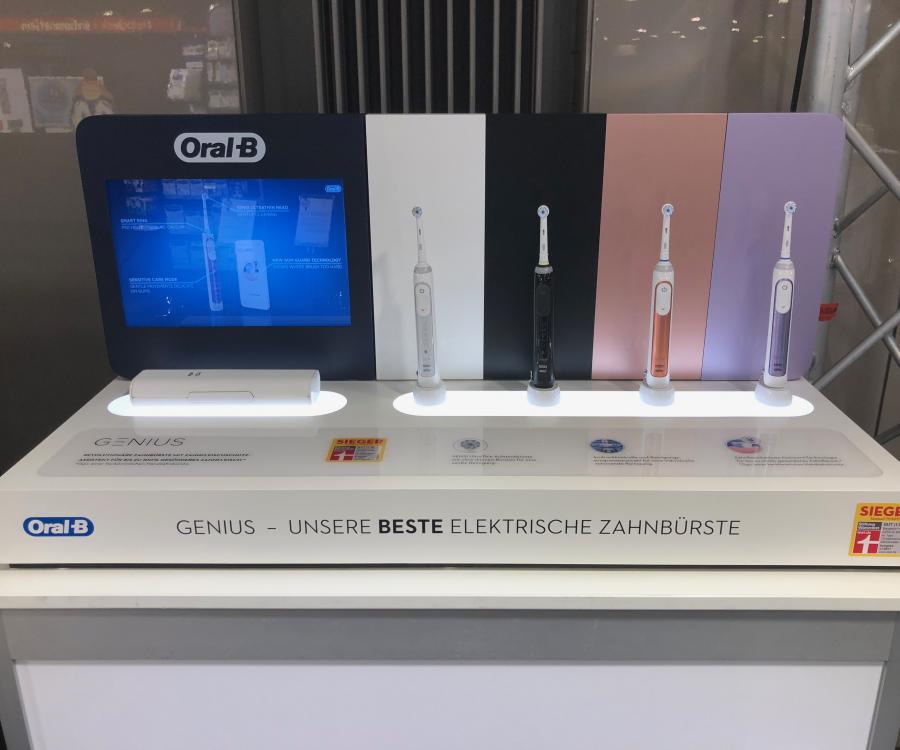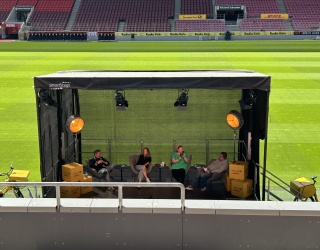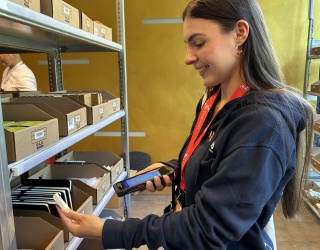Felix Horstmann, scientific assistant for the Chair of Marketing and Retail Management at the Philipps University of Marburg, focuses on the impact and effects of POS displays. In the interview, he explains how they should be positioned in the store.

Mr. Horstmann, which displays should you use for maximum effect at the POS and where should they be placed?
Horstmann: There is a positive correlation between the size of a display and more sales. Shoppers tend to take notice of a large-scale special display at the POS versus an individual display the basic size of a Chep quarter pallet. Having said that, the available space for displays at the POS is limited. That’s also why special placements should best be made in large supermarkets, discount stores, and superstores. Smaller supermarkets, discount stores or drug stores should primarily work with eye-catching pallet displays that can also be used in larger spaces.
Meanwhile, the optimal placement of displays depends on a variety of factors. The first and the last third of a store are considered attractive locations for displays. Right as they enter a store, customers respond well to in-store stimuli such as displays for example. However, the longer they stay at the store, the more they tend to focus on their actual shopping task to quickly get it done. Meanwhile, the checkout area is once again destined to trigger impulse buying.
What are other factors to consider in determining in-store positioning?
It’s impossible to place all displays in the first or last third of the store. There are other locations at the store where displays make sense. Impulse buys like candy or salty snacks should primarily be placed where shoppers frequently have to wait in line, at the service counter for example. So-called parasite units can be positioned among other product categories to encourage the purchase of complementary products. One classic example of this would be chips near the beer since chips go perfectly with a cold beer or two after work while you watch TV. A selective assortment of sauces in the pasta aisle or ice-cream scoops near the freezer section would be some other possible combinations. In the future, special events like a Girls Night Out or Coffee Klatsch will probably be increasingly staged at the POS, featuring all of the items you might need for the respective occasion.
What is the maximum number of displays retailers should use per sales area?
I think there really is no fixed quantity. While some retailers enforce a clean store policy and consequently place (nearly) no displays at their stores, other retailers put so many displays around the store to where shoppers feel like they might not be able to get through with their shopping carts. The latter should actually be critically assessed. After all, when shoppers experience sensory overload, if worse comes to worst, they stop making purchases.
As is the case with the design of a display, it is essential to also reach a reasonable compromise when it comes to this aspect. While manufacturers should increase their focus on the design of displays, retailers should be more conscious and mindful of where they place them.











